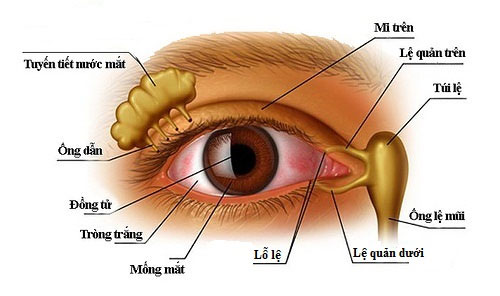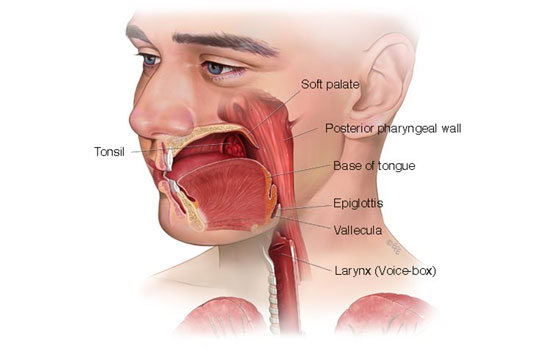Sometimes, tiny grains of dust find their way into our eyes. Usually, a few blinks are enough for them to disappear as if they never existed. But have you ever wondered where they go? Here’s a little hint: the path that the dust takes is also the reason why we get a runny nose when we cry and inadvertently taste eye drops. If you’re curious, join me in exploring this topic further!
If the dust doesn’t escape with the tears, it will travel through the tear ducts into the nasal cavity.
For those who may not know, at the corner of each of our eyes, there are two tear ducts that connect to two tear drainage tubes (lacrimal ducts). These two tubes lead to a larger duct (the lacrimal sac and nasolacrimal duct), which connects to the nasal cavity. This is the pathway through which tears, produced by the lacrimal glands after passing through the eyes (to keep them moist and lubricated), travel.

The eyes are very sensitive, so even a tiny grain of dust can cause discomfort and irritation. In response, we naturally blink continuously, and the lacrimal glands are stimulated to produce more tears to wash the dust away.
The structure of the human eyelids is such that when we blink, both tears and dust are directed towards the inner corners of the eyes into the tear ducts. If the dust isn’t washed out by the tears, it will be drawn into the tear ducts. After entering the lacrimal duct, the dust will reach the lacrimal sac, then travel through the nasolacrimal duct into the nasal cavity.
*In most cases, your eyes can handle those dust particles by flushing them out with tears or directing them into the tear ducts that lead to the nose. However, in some cases, they may get stuck in the eye (causing pain, irritation, or even retinal scratches) or in the tear drainage system (leading to blocked tear ducts, tearing, redness, drooping eyelids, or pus). If this happens, you should seek medical attention immediately for proper treatment.
From the nasal cavity, dust can exit with mucus or… slide down your throat.
If the dust that enters your eyes isn’t washed away by tears, it will flow into the nasal cavity. Here, the tears may evaporate or be reabsorbed by the body, while the dust can exit with nasal mucus or phlegm. Alternatively, it may slide down to your throat along with the mucus.

At this point, if you cough up phlegm, the dust will come out with it. Otherwise, it will slide down your throat. I know this might sound a bit gross, but that’s how the human body works. I apologize if this information makes you uncomfortable. However, there’s no need to worry; since birth, our bodies have handled countless dust particles daily, not just one or two, and swallowing them is generally harmless.
The tear ducts are the reason we get a runny nose when we cry and inadvertently taste eye drops.
Typically, crying is accompanied by a runny nose. This is because the tear ducts are connected to the nose. When we cry, a large amount of tears travels down this pathway into the nasal cavity, mixing with nasal secretions and causing a runny nose. This is also why you might sometimes inadvertently taste eye drops. The eye drops travel from the eyes to the nasal cavity and then down to the throat, allowing us to taste the menthol, bitterness, or sweetness of the drops, whether we want to or not.
Returning to the question posed in the title: the answer is as follows: A grain of dust, after landing in the eye, if not washed away by tears, will follow the tear duct down to the nasal cavity. If it does not exit with nasal mucus, it will continue sliding down to the throat. If it reaches the throat and isn’t coughed up with phlegm, it will slide down your throat.
This concludes our article about the “fate” of dust particles after they enter the human eye. I hope you found this information interesting. Thank you for reading!


















































